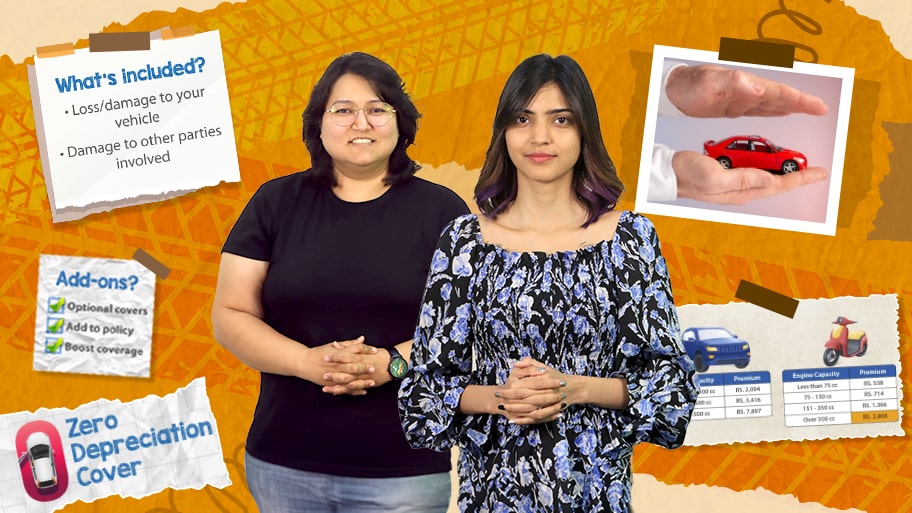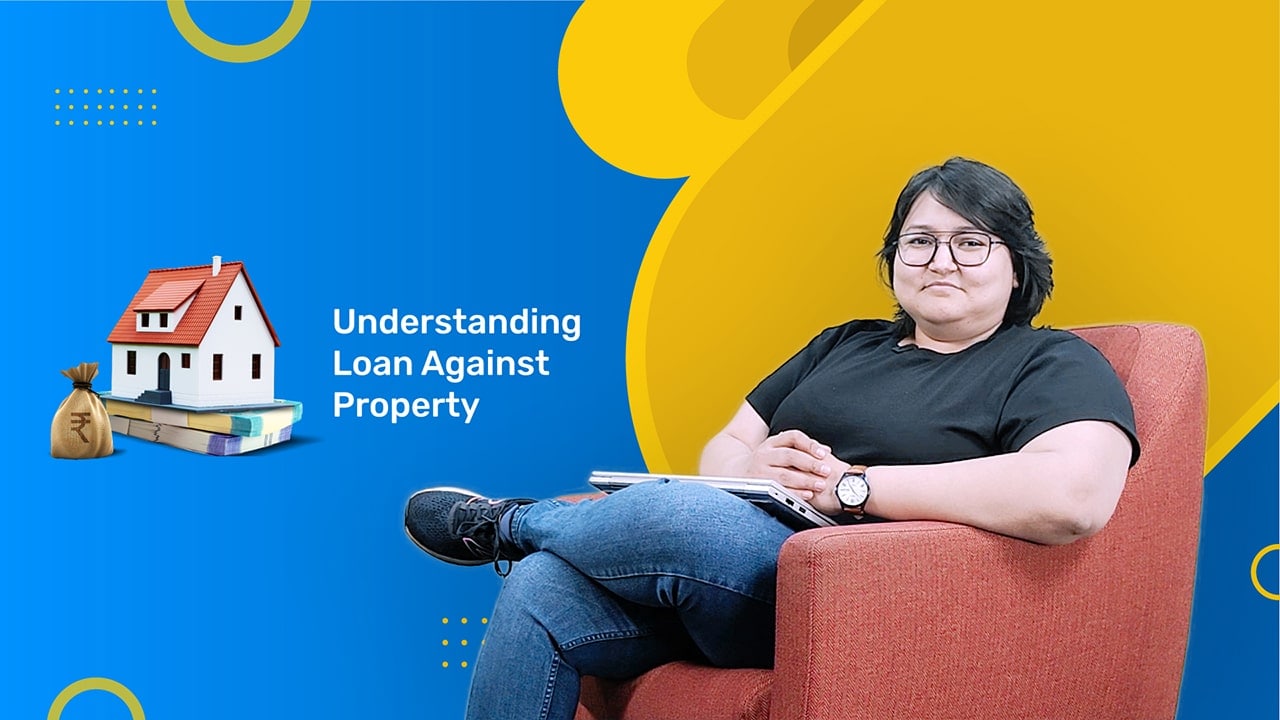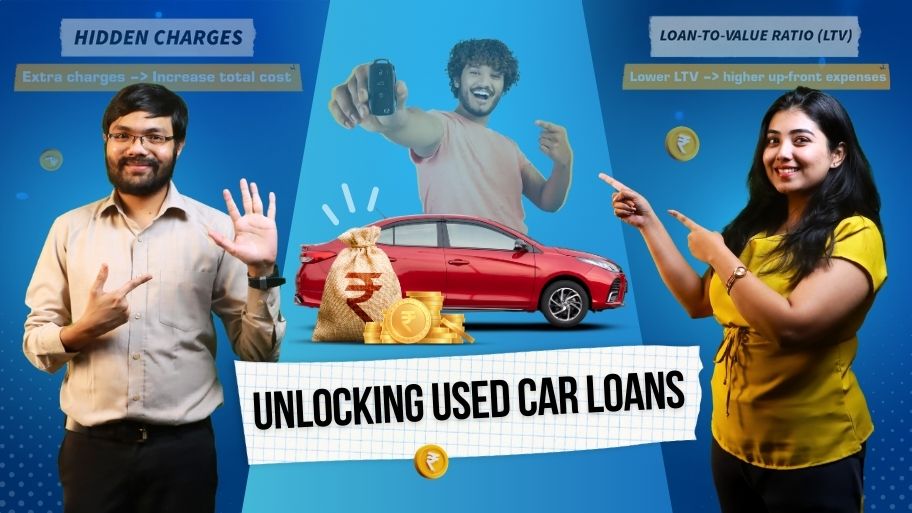Road Ready with Motor Insurance
Episodes
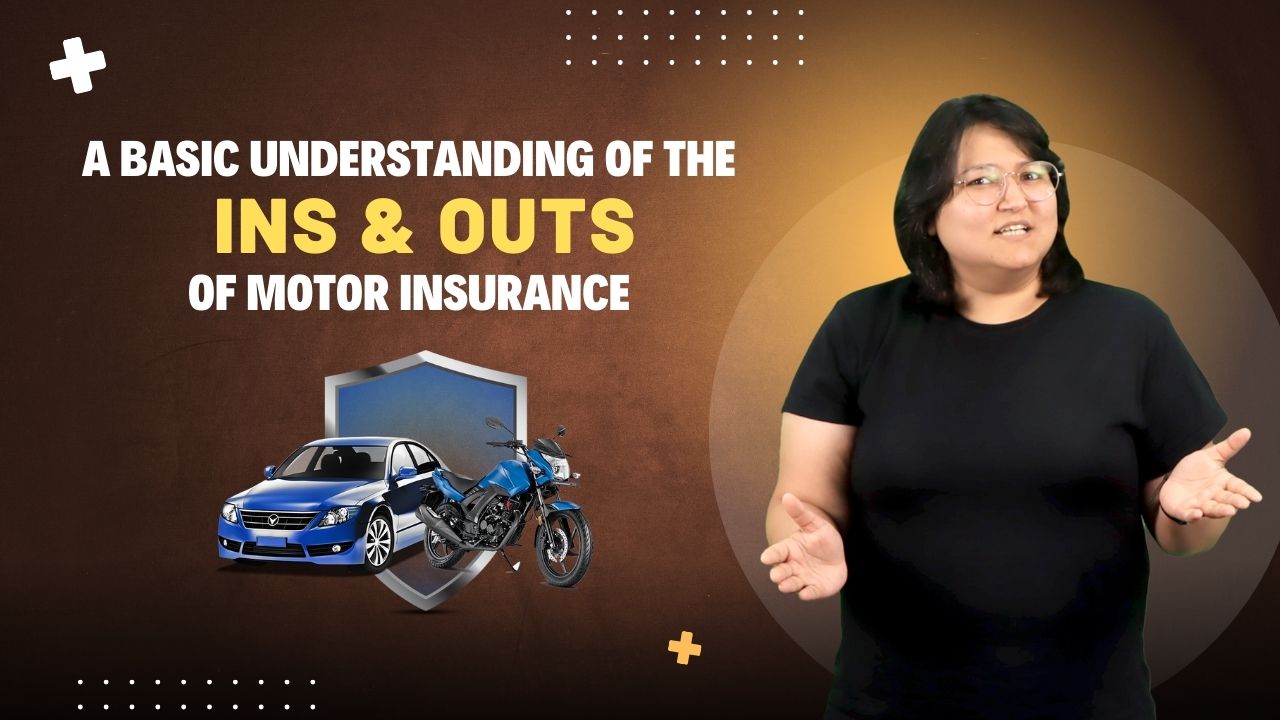
E01: A Basic Understanding of the Ins and Outs of Motor Insurance
05 mins
Motor insurance provides financial protection for vehicles against damage and liabilities. It has three main types - Third-Party, Own Damage, and Comprehensive Insurance. Third-Party Insurance is mandatory in India. It covers legal liabilities for injuries or property damage to others. On the other hand, Own Damage Insurance covers the insured vehicle. Finally, Comprehensive Insurance combines both coverages. The Insured Declared Value (IDV) determines the maximum coverage for a vehicle based on its market value. Factors like age, make, model, and location influence the IDV. Premiums for third-party insurance are set by the Insurance Regulatory and Development Authority of India (IRDAI) based on engine capacity. In addition to third-party coverage, personal accident cover is also mandatory. Plus, there are optional add-on covers that could enhance the coverage. These include options like Zero Depreciation and Engine Protection. You can apply for motor insurance offline through agents or dealerships. There are also online options that offer convenience and comparison between policies. Understanding motor insurance could help you ensure that your vehicle gets the required financial protection against damage or loss. It is wise to explore various options and understand what influences insurance coverage and premiums.

E02: Do You Know What Your Motor Insurance Covers
04 mins
Buckle up for a deep dive into your motor insurance policy! In this video, we’ll explore the inclusions and exclusions of different types of motor insurance plans available in India. First, we’ll talk about the Own Damage policy. This policy covers damage or loss to your vehicle from events like fire, theft, accidents, natural disasters, and malicious acts. However, it excludes normal wear and tear, mechanical breakdowns, and accidents caused by driving under the influence. Next, you will learn about Third-Party insurance. This coverage protects you against legal liabilities for third-party injuries, property damage, or accidents involving your vehicle. However, it does not cover situations where the vehicle is used for commercial purposes or causes damage to your own property. We’ll also discuss the Personal Accident cover for the owner-driver. It provides compensation for injuries or death resulting from an accident involving your vehicle. But remember that you must have a valid driver’s licence at the time of the incident. Finally, you will go over some general exclusions that apply across all types of motor insurance. These include losses outside the policy's geographical scope, contractual liabilities, or damages due to war or nuclear events. Stay informed about your motor insurance to ensure you're well-protected and avoid unnecessary claim rejections.
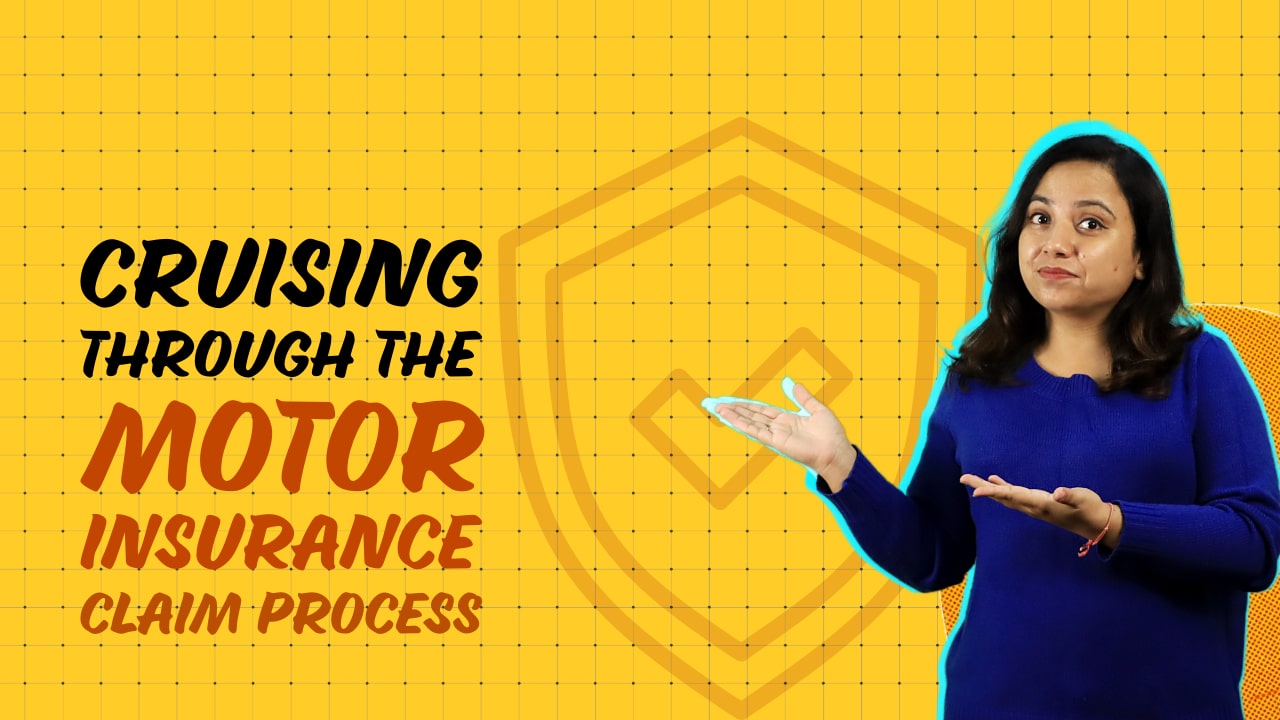
E03: Cruising Through the Motor Insurance Claim Process
04 mins
Filing a motor insurance claim can seem complicated, but it doesn’t have to be. Let’s understand the claim process in this video. There are three main types of claims: third-party claims, own damage claims, and theft claims. Firstly, we have covered how to proceed with third-party claims. This includes two scenarios: If your vehicle is involved in an incident, and if you're the victim. Next, you will understand how to proceed with filing theft or damage claims. Once you raise a claim, the process moves forward as per IRDAI guidelines. The surveyors assigned will create a survey report and provide it to your insurer, who will decide on your claim. We’ll also discuss the completion timelines for each step, as per the regulator. Next, you will also look at what to do if your claim is delayed or rejected unfairly. You can file a complaint with your insurer’s Grievance Redressal Officer. If needed, you can further escalate the matter to IRDAI through their call centre or the Bima Bharosa portal. Understanding the motor insurance claims process ensures that you’re prepared and protected when you need it most. So, stay informed with this video and ensure a smoother experience.
What to Watch Next
All

